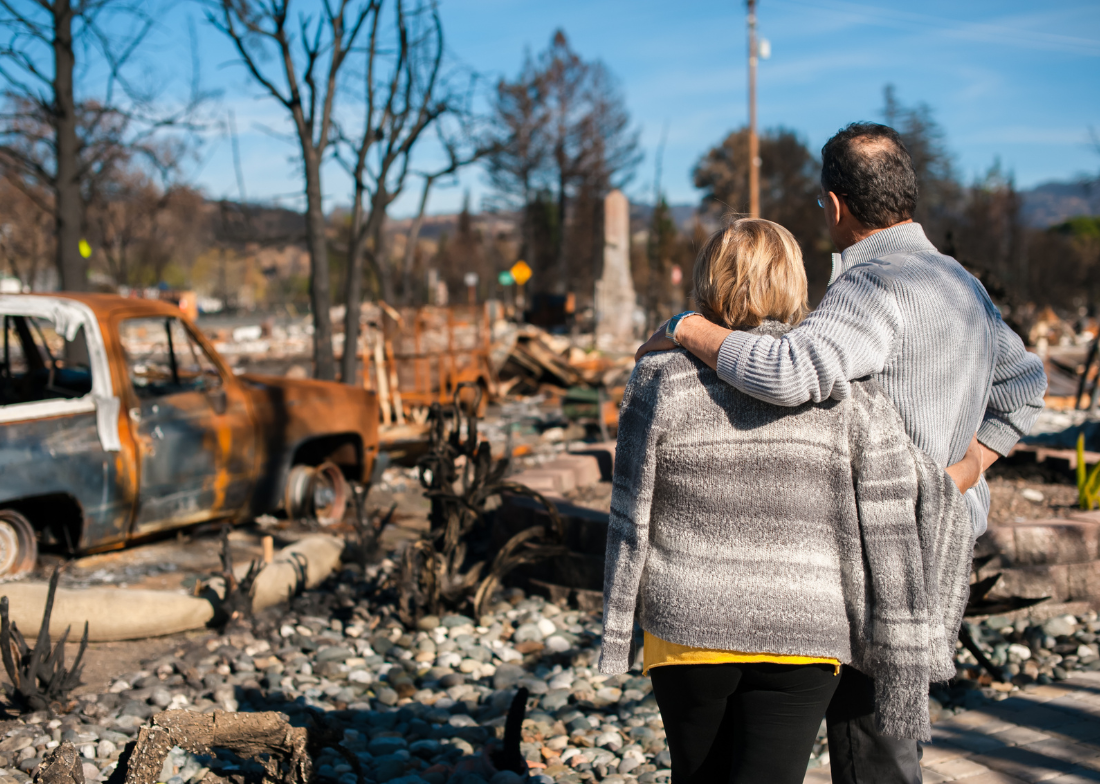Gulf oil disaster update: people, wildlife, how to help
ACE Students
|August 2, 2010
BP says they are close to permanently sealing off the well 5,000 feet beneath the ocean that is leaking millions of barrels of oil into the Gulf of Mexico. But, “close only counts in horseshoes and hand grenades” – so we’ll wait for final confirmation before we take that one to the bank.
What we do want to do, though, is give you an update on where the wildlife and people in the Gulf are at, more than 100 days since the disaster began back in April. And, check out this news site for an interactive timeline of events.
 WILDLIFE: It’s no secret wildlife will be incredibly hard hit by the oil AND the dispersants used to split up the oil. Officials say 2,599 dead birds had been collected on the Gulf Coast as of Thursday. A month ago, 1,046 dead birds had been collected, according to official death counts. But, believe it or not, the jury is still out on just how bad it is.
WILDLIFE: It’s no secret wildlife will be incredibly hard hit by the oil AND the dispersants used to split up the oil. Officials say 2,599 dead birds had been collected on the Gulf Coast as of Thursday. A month ago, 1,046 dead birds had been collected, according to official death counts. But, believe it or not, the jury is still out on just how bad it is.
One of the first real tests of the oil’s long-term impact will come this fall, as millions of migratory waterfowl and shorebirds arrive in the region on their way to winter habitats. Biologists fear that arriving birds may find food scarce or contaminated, and nesting spots on barrier islands tainted by oil.
Federal biologists are trying to ward off harsh impacts by flooding acres of land in southern states to create new wetlands for birds to feed and nest upon. Fingers crossed…
PEOPLE: In the wake of the worst of the spill, wildlife health impacts are immediately obvious. But – there are immense human health impacts as well. 11 people tragically lost their lives when the oil rig exploded. From here, health impacts are hinted at but remain to be fully seen.
Oil contains petroleum hydrocarbons, which are toxic and irritating to the skin and airways. It also contains volatile chemicals, called VOCs, which can cause acute health effects such as headaches, dizziness and nausea.
The economic impacts of the oil spill are tangible and also yet to be fully measured. So far, commercial fishermen’s livelihoods have been stalled as about 25 percent of federal waters in the gulf and thousands of square miles of state waters remain off limits. NOAA is letting fishermen begin to return to some waters, however, and they are more optimistic that areas will continue to open.
Our Congress is working on oil spill legislation to both help with recovery and prevent events like this from happening again. What is certain is that the communities in the Gulf will need our support in the months (and years) to come.
HOW YOU CAN HELP: Yes, it can feel paralyzing. I feel paralyzed after researching and writing this! But, there are some ways we can pitch in, check out this link to start. Also our partners over at National Wildlife Federation are going full-speed ahead with aiding wildlife and identifying ways for us to help.
How are you helping? We’d love to hear from you in the comments below!
Join our Youth Action Network
More Blog Posts
Driving India towards self sufficiency and freedom from oil
India can shield itself from oil-price shocks and global pressure over Russian barrels by leaning harder into two strengths it …
Read More
Unnatural, Not Unprecedented
For two weeks, residents of Southern California endured a waking nightmare. Parents raced against time – hurrying down the driveway …
Read MoreCrafting a Vision for the Future: My Experience at LCOY USA 2024
Dry and sunny Tempe, Arizona where temperatures have been over 100 F for 113 consecutive days, delegates gathered to attend …
Read More